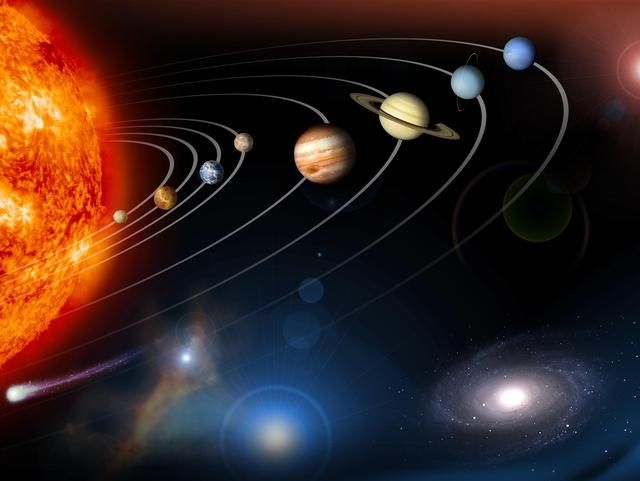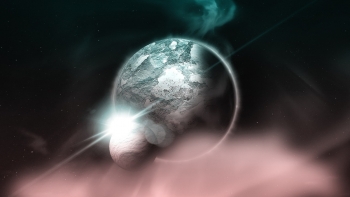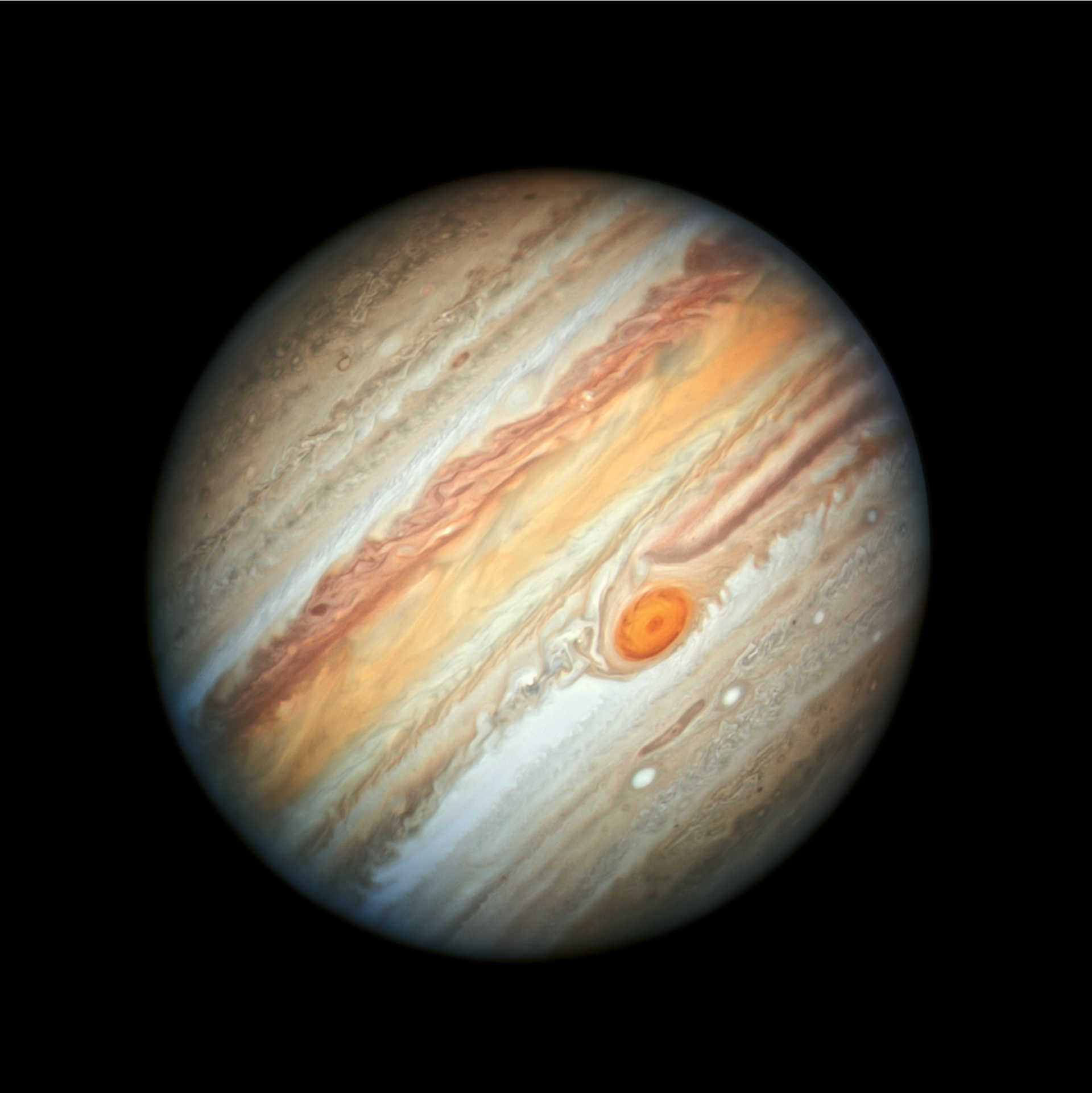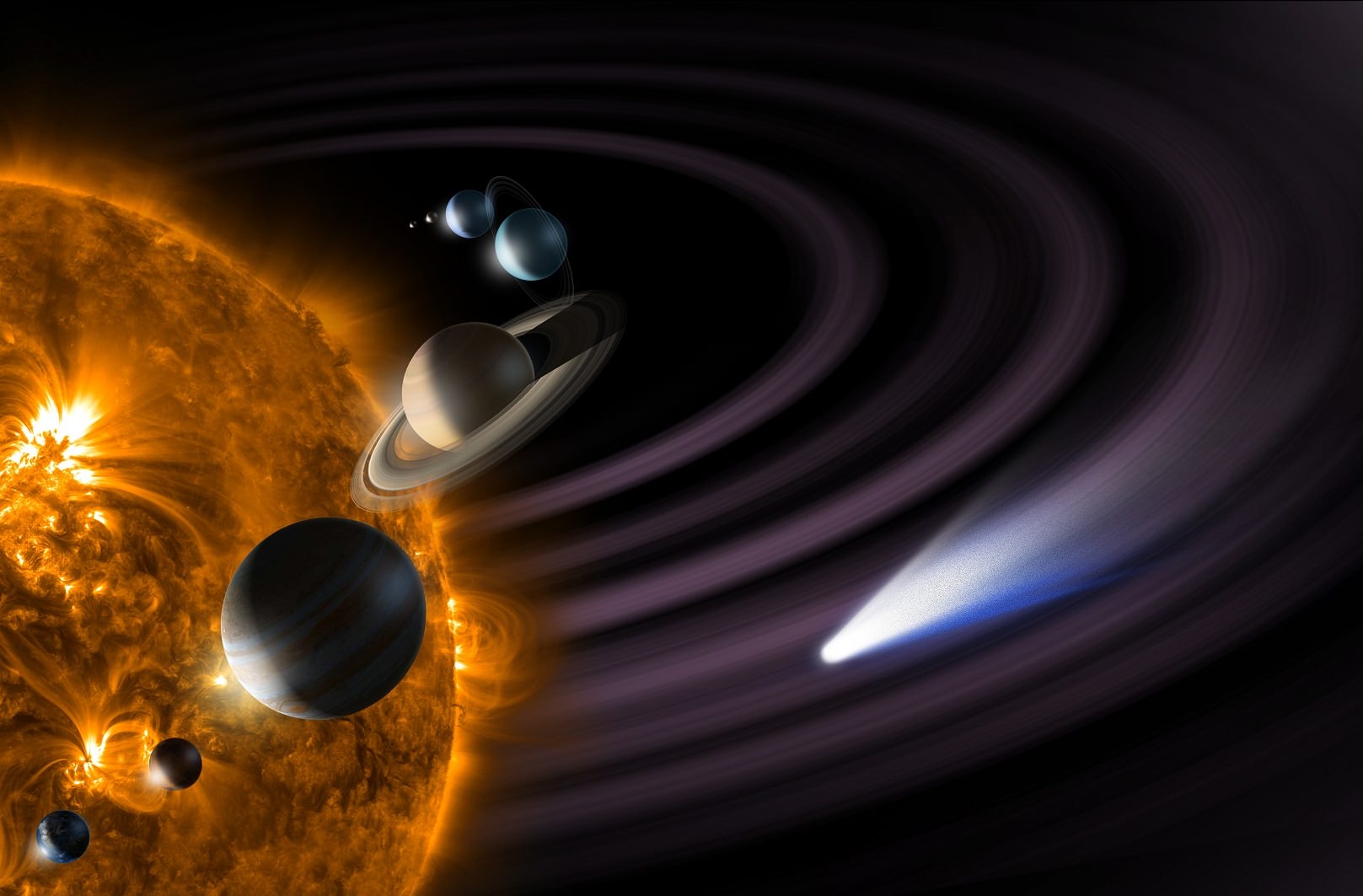20 Amazing Facts About Solar System
How old is our solar system?
Scientists have used meteorites, or bits of space rock that have fallen to Earth, to determine the age of the solar system.
Some of these tiny space rocks, known as meteoroids, are fragments of planets or moons that can provide valuable scientific data about the composition and evolution of their parent bodies, while others have been orbiting the sun since the collapse of the first dust cloud, long before the planets themselves.
The oldest meteorite is the 4.55 billion year old Allende meteorite, which fell to Earth in 1969 and was dispersed throughout Mexico.
Here are 20 interesting facts about Solar System:
1. The “Great Red Spot” on Jupiter is a large high-pressure area twice the size of the Earth. It is the largest hurricane in the solar system and is believed to have existed for over 400 years. Want to read more about Jupiter?
2. Scientists assume that Venus once offered Earth-like conditions and even had oceans. However, the extreme greenhouse effect caused a sharp rise in temperature, so that the water finally evaporated.
3. Around four billion years ago Mars had an oxygen-rich atmosphere.
4. On Jupiter’s moon Europa, there is probably an ocean under a thick layer of ice that holds more water than the oceans of the Earth combined. Scientists believe it may even contain microbes.
5. The Moon revolves on its own axis in exactly the same amount of time as it takes the Earth to complete one orbit because it rotates in synchronous motion with the Earth. As a result, Earth always appears on the same side of the Moon.
6. The majority of the moons that circle Uranus are named after figures from the works of Alexander Pope and William Shakespeare. Titania, Oberon, and Puck from "A Midsummer Night's Dream" and Ariel and Miranda from "The Tempest" are just a few of the people with Shakespearean names.
7. The rings of Saturn consist of thousands of ringlets.
8. Saturn’s rings consist of ice, dust, and stone. While some components are only as large as grains of sand, others are up to more than half a mile (one kilometer) in diameter.
9. More than one million planet Earths would fit inside of the sun. The sun is an object that is so impressive that we really had to research more facts about the sun.
10. On Venus, a day is shorter than a year. Because of its low rotational speed, it takes longer to rotate on its own axis than to orbit the Sun.
 |
| Solar System. Photo: Live Science |
11. Geographical features on Mars have unique names. While craters larger than 30 miles are named after deceased scientists and writers who have contributed to the study of Mars, those smaller than 30 miles are named for cities and villages around the world with a population of fewer than 100,000. Small valleys are named after rivers, whereas large valleys are named after the words "star" or "Mars" in a variety of languages.
12. In the core of Jupiter, it is hotter than on the solar surface.
13. With 82 moons, Saturn has the most moons in our solar system. Jupiter is second with 79 moons.
14. When Pluto has circled the sun once, 1028 years have passed on Mercury. Although Pluto is not a planet anymore, there are many facts about the dwarf planet to discover, as Only fun facts.
15. Jupiter’s moon Ganymede is the largest moon in the solar system. With a diameter of 3,273 miles (5,268 kilometers) it is even larger than the planet Mercury.
16. Our solar system is estimated to be 4.6 billion years old.
17. Mercury has at the tail of rock particles. Scientists are still unsure, how to explain that phenomenon.
18. Although the moon is not the largest satellite in the solar system it is the biggest in relation to the planet it orbits.
19. There is water ice on Mercury.
20. Since the discovery of the dwarf planet Eris in 2005, Pluto has officially ceased to be a planet as of the year 2006. It is more massive even though it is slightly smaller than Pluto. As a result, the definition of a planet was altered, and Pluto was no longer included. Because researchers believed that additional planets of this size might be discovered in the future.
 | 17 funny facts about Pluto American astronomer Percival Lowell first caught hints of Pluto's existence in 1905 from odd deviations he observed in the orbits of Neptune and Uranus, suggesting ... |
 | 18 Interesting Facts About Jupiter Jupiter is the largest planet in the solar system. Fittingly, it was named after the king of the gods in Roman mythology. In a similar ... |
























